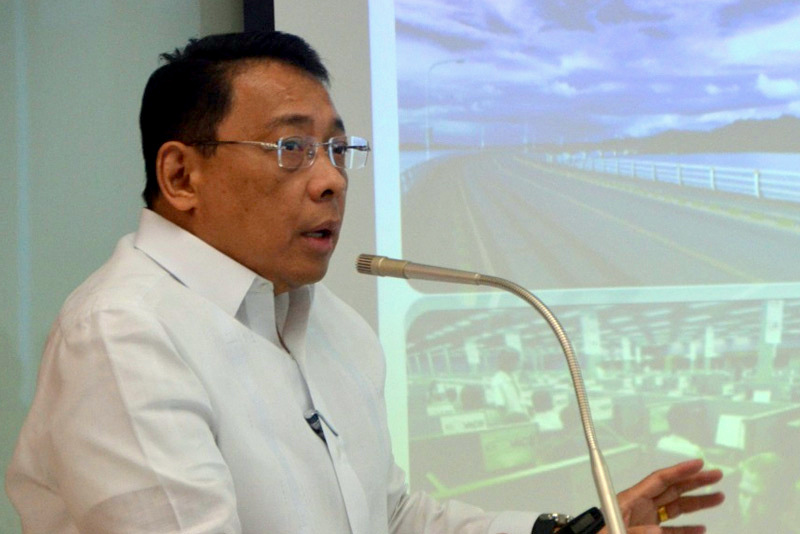Sustained economic growth gives BSP greater flexibility

BSP Deputy Governor Diwa Guinigundo said the growth rate in the second quarter promises to be sustainable despite being in the lower end of the 6.5 to 7.5 percent target set by economic managers. File
MANILA, Philippines - The strong economic expansion in the second quarter gives monetary authorities flexibility to keep an accommodative monetary policy stance, according to the Bangko Sentral ng Pilipinas.
BSP Deputy Governor Diwa Guinigundo said the growth rate in the second quarter promises to be sustainable despite being in the lower end of the 6.5 to 7.5 percent target set by economic managers.
“Such growth of 6.5 percent in the context of price stability is very much consistent with our potential output and that should convince us that overheating is quite distant at this point. Of course, the central bank’s ears remain firmly on the ground so we can act preemptively,” he said.
Robust domestic demand as well as the benign inflation environment have allowed the BSP to keep a dovish stance by keeping interest rates steady since September 2014.
Last Aug. 10, the BSP kept benchmark rates unchanged but lifted inflation forecasts for the next three years.
“From a monetary policy perspective, that gives us greater flexibility to take advantage of our existing monetary space,” Guinigundo said.
The country’s GDP expansion picked up to 6.5 percent in the second quarter from 6.4 percent in the first quarter.
He pointed out industry, particularly manufacturing, led the growth momentum even as agriculture and services remained robust.
Guinigundo said public spending has recovered immensely with great support from consumption and investment.
Guinigundo explained net exports have recovered such that real gross national income (GNI) is now higher than real GDP.
“This should also validate our observation that higher economic growth required higher imports, allowed outward investments by residents and prepayments of external obligations that would in time translate into higher productivity, higher exports and still higher investments,” he said.
However, stronger imports resulting to wider deficit is likely to translate into the first current account (CA) deficit in 15 years as well as into a weaker peso.
“The transitory impact of course is some current account shortfall and peso depreciation,” Guinigundo said.
The Duterte administration expects the GDP growth to accelerate further to a range of seven to eight percent next year.
The Philippines has posted 74 quarters of uninterrupted growth as the country’s GDP last contracted in the fourth quarter of 1998.
“What is therefore important is that this sustained growth path should allow us to take a longer view of economic and financial developments,” he said.
Earlier, BSP Governor Nestor Espenilla Jr. said the GDP expansion was in line with the central bank’s expectations and is consistent with the within-target inflation forecast for this year.
The BSP has set an inflation target of between two and four percent for 2017 to 2020. The BSP’s Monetary Board has raised its inflation forecasts to 3.2 instead of 3.1 percent this year and to 3.2 instead of three percent in 2018, and to 3.1 instead of three percent in 2019.
- Latest
- Trending































